How to Write a Resume: The Fundamental Tips

A resume is like a business handshake; it’s your first impression that impacts your potential future employer’s perception of you. A limp fish handshake will make you seem weak. A handshake that goes on for too long will show that you can’t read the room.
In the same way, a weak resume will show that you don’t have the experience they need, while a resume that rambles on shows you don’t know how to be precise. Knowing how to write a resume is an invaluable skill that will open doors to new opportunities and give you the chance to prove yourself in an interview.
If you’re not sure where to start, here are some tips on how to create the right resume for you to help you find your dream job.
How to Write a Resume
Step 1: Formatting
Even if you aren’t applying for a graphic design-based job, formatting is extremely important to a resume. Your resume should look clean, crisp, and orderly, making it easy for the employer to scan it quickly and learn the most important elements of your experience.
On average, a hiring manager looks at a resume for 6 to 7 seconds. That’s how much time you have to make an impression worthy of further inspection and an interview.
The formatting you choose, from sizing, to font, to the use of bullet points, helps guide the eyes of the hiring manager to the most important parts of your resume.
Previous job titles should be bolder than the surrounding information and succinct bullet points below them should give a brief summary of the responsibilities you performed that are relevant to the job you are applying for.
Fortunately, you don’t need to be a graphic designer to make a professional resume. You can use pre-formatted resume template options on Microsoft Word or Canva and tailor them to your specific needs.
If you still need help, consider hiring a graphic designer to help you craft the perfect resume. Since it’s such an important document, it’s worth the investment.
Step 2: Including Relevant Information
So now that you know how you are going to present the information visually, what information do you need to include to get hired?
The top of your resume should have your name and ways the hiring manager can get in contact with you: email address, phone number, and if relevant, your social media handles. With the increased popularity of remote working, it’s less common to include your address among your other forms of contact information.
If the listing is for a job that requires in-person working, an out-of-state address only tells employers that they might need to pay to relocate you. It’s best to leave the address off.
Next, you might choose to include a resume summary or objective. This is a condensed paragraph briefly highlighting your skills and intention for your resume. Keep this to no more than a few sentences.
This is different from a cover letter; it’s just a different way to present your qualifications in addition to the bullet points below.
Step 3: Writing Previous Job History
Next, it’s time to include the most significant portion of your resume: your job history. When deciding how to order these positions, most people choose to make a reverse chronological resume with the most recent job at the top; more than likely, your most recent job is the closest in similarity to the job you are applying for.
However, there are situations where not even a chronological order makes the most sense. A good rule of thumb is making sure the most relevant job is at the top.
If you used to be a museum curator and are applying to be a Fine Arts Director, but you took a break to care for your kids so you worked part-time as a maid, put the curator job first. Being a maid is an extremely important job, it’s just not entirely relevant to the position.
How to Write a Resume: Include Relevant Jobs
If your relevant jobs were spread out throughout your career, you could divide the document into resume sections, ordering the jobs under “corporate leadership jobs” and “volunteer experience” and “fine arts experience.” This will help the reader see how all this information fits together and adds up into the perfect candidate.
If you’re not sure what to include or in what order to include it, consult your new position’s job description. What qualities is the new company looking for?
When have you demonstrated those qualities in a previous job or volunteer experiences? In the bullet points under your different positions, focus on how you used those technical and soft skills to prove you can perform them in the new job.
When writing about your history, use action verbs to make your resume a strong read. Instead of “was a team leader” wrote “Lead the team to an award-winning project deliverable,” being specific on what project and what award.
Using the verb “lead” instead of “was” puts the action on you; you didn’t just happen to be appointed as the leader, you actively lead the team. You were the one in control of your situation.
Step 4: Proofreading
Once you finish your resume, do not just hit save and send. You absolutely must take the time to review your resume in close detail. Make sure you are not missing information or leaving typos.
If what is supposed to be your best foot forward is messy or lazily constructed, why should they hire you? This is your chance to show your professionalism and experience. Make the most of it to set yourself apart from other job seekers.
Make sure your:
- Resume objective is clear and concise
- Resume sections are well organized
- Work experience section lists relevant skills
- Resume is free of typos
- Education section is present; only add your GPA if it’s above 3.6 or any honors societies if you’ve graduated recently. The further you get from graduation, the more important your work experience becomes over your education
- Resume is easily scannable
- Resume has buzzwords that would be picked up in an applicant tracking system
How to Write a Resume Depends on Your Industry
Not all resumes should look the same. Someone applying for a CAD-based engineering job and someone applying to a social media job at an art agency will need completely different resumes.
For more technical positions, keep the resume clean, crisp, and simple. For a creative, graphic design job, you can add a pop of color and get a bit more creative.
No matter what job you’re pursuing, the general rules on how to write a resume stays the same: make the document easily scannable, avoid all typos, and tailor the resume to the position. When applying to jobs, you shouldn’t send the same resume to every job.
Always look at the job description and see how you can emphasize how and when you’ve expressed those traits in your previous jobs. This will show the hiring manager that you really did your research and are prepared to excel in the position.
Want to really dig into how to write a resume? Join WBD! WBD memberships give you access to our forums where you can pick the brains of top professionals and learn from other women in our community. Take a look at our membership levels and download our app today!
Author, Artist, Photographer.
Sarah Margaret is an artist who expresses her love for feminism, equality, and justice through a variety of mediums: photography, filmmaking, poetry, illustration, song, acting, and of course, writing.
She owns Still Poetry Photography, a company that showcases her passion for capturing poetic moments in time. Instead of poetry in motion, she captures visual poetry in fractions of a second, making cherished keepsakes of unforgettable moments.
She is the artist behind the Still Poetry Etsy shop, which houses her illustrations and bespoke, handmade items. She is the author of intricacies are just cracks in the wall, a narrative poetry anthology that follows a young woman discovering herself as she emerges from an abusive relationship.





Responses